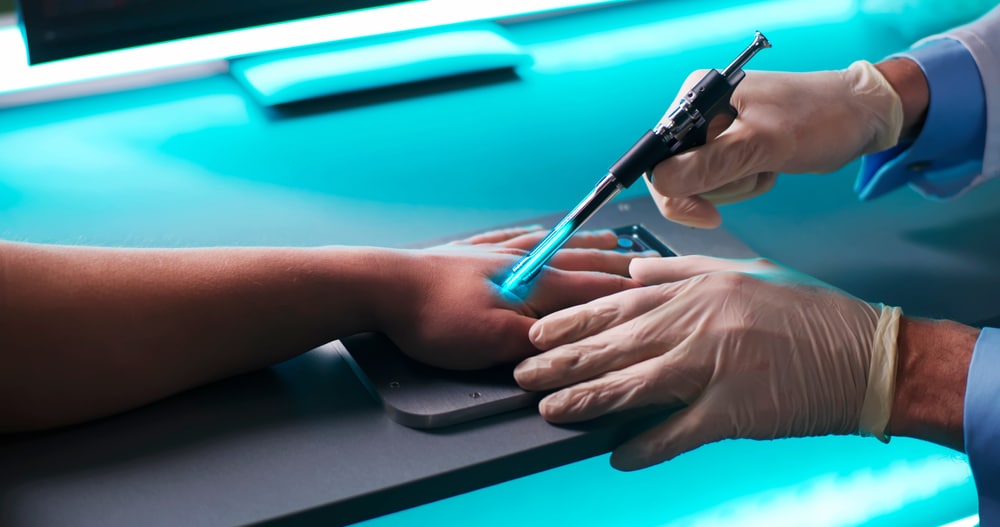The novelty of replacing one’s “home key” with a microchip implant is gaining worldwide interest, but there’s another more compelling story under the surface. Why is this technology — an integrated circuit the size of a grain of rice — reviled by some and celebrated by self-proclaimed human cyborgs?
Arguably, William Shakespeare’s “Hamlet” offers the most elegant explanation: “Nothing is neither good nor bad, but thinking makes it so.” However, it would be prudent to tell Prince Hamlet that not all microchip implants are designed alike, and understanding the technological design enables one to better evaluate the competing viewpoints.
Today, more than 50,000 people have elected to have a subdermal chip surgically inserted between the thumb and index finger, serve as their new swipe key, or credit card. In Germany, for example, more than 2,000 Germans have opted to receive these implants; one man even used it to store a link to his last will and testament. As chip storage capacity increases, perhaps users could even link to the complete works of Shakespeare.
Chip implants are just one of the many types of emerging technologies in the Internet of Things (IoT) — an expanding digital cosmos of wirelessly connected internet-enabled devices.
Some technologists are worried, however, that hackers targeting IoT vulnerabilities in sensors and network architecture also may try to hack chip implants. Radio-frequency identification (RFID) chips are identifying transponders that typically carry a unique identification number and can be tagged with user data such as health records, social media profiles, and financial information.
RFID chips are passive transponders, which means the digital reader must be positioned a few inches away from the user’s microchipped hand to communicate. In contrast, near-field communication (NFC) chips use electromagnetic radio fields to wirelessly communicate to digital readers in close proximity, much like smartphones and contactless credit cards.
A benefit of NFC over RFID is international use, reasons Biohax: “With the power of existing infrastructure and the wide variety of services and products already supporting the NFC standard globally, one huge benefit of ours is that we overlap virtually any private or public sector already using NFC or mobile tech.”
According to a 2021 United Kingdom-based consumer survey by Propeller Insights on digital payment trends in Europe, 51 percent of the approximately 2,000 respondents said they would consider getting a chip implant to pay for services.
This technology is especially popular in Sweden as a substitute for paying with cash. “Only 1 in 4 people living in Sweden use cash at least once a week,” writes NPR. More than 4,000 Swedes have replaced keycards for chip implants to use for gym access, e-tickets on railway travel, and to store emergency contact information.
The technology also may offer increased mobility for people with physically limiting health conditions, such as rheumatoid arthritis, multiple sclerosis, and motor neurone disease, according to BioTeq, a UK-based tech firm. For example, “a wheelchair-mobile person can approach a door and the reader will unlock the door, avoiding the need for keys that the person may not be able to use for themselves.”
BioTeq is also exploring providing microchip services for those who are visually impaired to create “trigger audible or touch-sensory signals” in the home. Despite these benefits, the Bulletin of the Atomic Scientists avers that the main challenges to chip implants are security, safety and privacy. (SOURCE)










